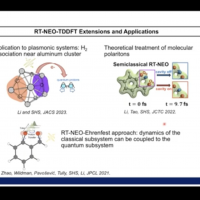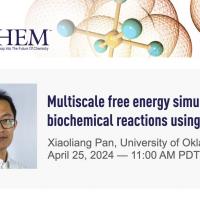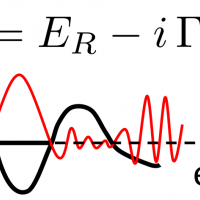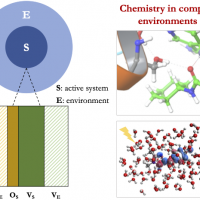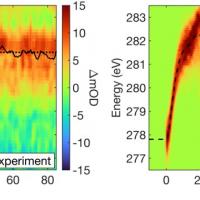Q-Chem Webinar 66
Decoding chemical information from vibrational spectroscopy data: Local vibrational mode theory

Prof. Elfi Kraka is a Professor and Chair of the Department Of Chemistry at Southern Methodist University. She obtained her Dr. Rerum Naturalis (summa cum laude) in Theoretical Chemistry from the University of Köln in 1984, and she did her postdoctoral work Argonne National Lab. She began her work as a professor at Göteborg University in 1990, where she stayed until 2005. She then moved to the University of the Pacific, where she continued serving as a professor for several years before joining the faculty of SMU in 2009. Her work involves both applications and development of novel methods, and her research interests currently include artificial intelligence, vibrational spectroscopy, catalysis, materials, and drug design.
Dr. Marek Freindorf graduated with MS and PhD (with honors) in Chemistry and minor in Physics from Jagiellonian University (Poland) in 1988. He was a faculty member in Chemistry Department of Jagellonian University till 2000, and worked as a postdoctoral research associate in University of Bonn (Germany), University at Buffalo NY (USA), and University of Louisville KY (USA). From 2011 he holds a Research Professor position in Chemistry Department of SMU (USA). He has authored about 60 papers involving theoretical molecular spectroscopy, computations of homogeneous catalysis with transition metals, and QM/MM calculations of DNA and protein active sites.
Abstract
The local vibrational mode theory originally introduced by Konkoli and Cremer has becomes over the past years a versatile tool for the characterization of chemical bonding and/or weak chemical interactions. Local mode stretching force constants are a unique measure of the intrinsic bond strength in contrast to normal mode stretching force constants, which suffer from the fact that normal vibrational modes are generally delocalized in polyatomic systems. Local and normal vibrational modes are linked through an adiabatic connection scheme, which has led to a new comprehensive analysis of IR/Raman spectra via the decomposition of normal modes into local mode contributions.
After a short introduction of the theoretical background, we will present some recent examples stretching from long covalent CC bonds, metal-ligand bonding in sandwich complexes to bonding in ruthenium releasing nitrile drugs, followed by an application of the normal mode decomposition procedure, and a short introduction of local modes applied to periodic systems and crystals. Finally, we will present the open-source local mode program LModeA, which can easily be applied after a routine quantum chemical calculation of vibrational frequencies but also to measured vibrational frequencies, with moderate computational costs.
